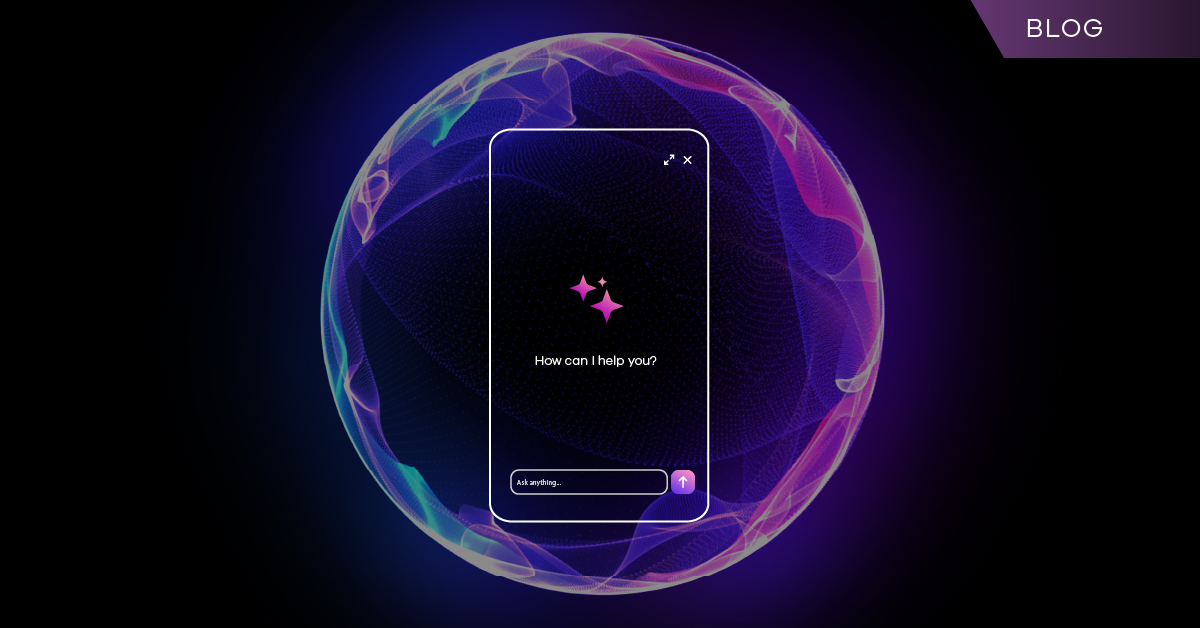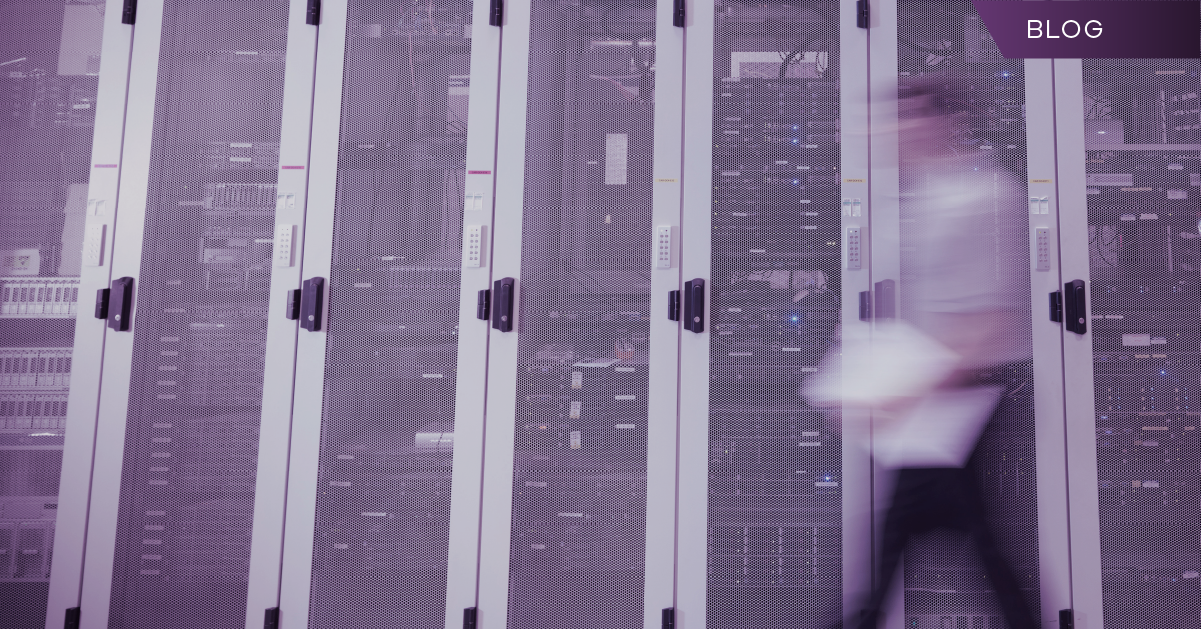When evaluating enterprise cyber resilience solutions, organizations face an important architectural choice between appliance-based approaches like Rubrik’s and software-defined platforms like Commvault’s.
While both vendors provide data protection capabilities, different architectural approaches create distinct cost implications that become apparent throughout the lifecycle of the solution.
Architectural Approaches: Box-Based vs. Platform
Rubrik’s Appliance-Centric Model
Rubrik’s approach centers on physical or virtual appliances that serve as the primary deployment model:
- Protection capacity is added in fixed increments through additional appliances.
- Scaling typically requires deploying new appliances when performance or capacity limits are reached.
- Rubrik’s solution uses an appliance-based architecture where data protection capacity comes in predefined sizing options.
Commvault’s Software-Defined Platform
Commvault employs a software-defined modular architecture:
- Deployment options include software-only, reference architectures, converged systems, or cloud-based implementations.
- Resources can be scaled independently and incrementally based on performance or capacity requirements.
- The Commvault platform can be deployed on existing infrastructure, purpose-built appliances, or as a cloud service.
Cost Implications of Architectural Differences
The architectural distinctions between these solutions create several significant cost considerations:
1. Scaling flexibility and efficiency
Appliance-based approaches often require provisioning capacity in predetermined increments, which can lead to overprovisioning when actual needs fall between appliance size options. According to industry analysts, this step-function scaling can result in unused capacity throughout the deployment lifecycle.
Performance and capacity are intertwined. To enhance performance, an additional Rubrik node must be added, which also incurs the cost of extra storage capacity. Similarly, to increase storage capacity, customers must also pay for additional performance resources (CPU, RAM). This results in increased TCO.
Commvault’s platform modular approach enables more precise scaling, allowing organizations to spend as per actual requirements. This helps reduce resource wastage and improves cost efficiency.
2. Cloud integration approach
As organizations adopt cloud services, the architectural approach significantly impacts cloud protection costs:
- Appliance-based solutions often extend their model to the cloud through virtual appliances.[VS1]
- Appliance-based solutions need to stage data locally before moving them to cloud storages.
Platform approaches may integrate directly with cloud services using native APIs. Commvault offers direct integration with cloud services without requiring virtual appliances, potentially reducing the resources needed for cloud protection.
Total Cost of Ownership Factors
When evaluating total cost of ownership over a three- to five-year period, organizations should consider several key factors:
| Cost Category | Appliance Approach Impact | Platform Approach Advantage |
| Infrastructure costs | Potential overprovisioning | Right-sized deployment |
| Cloud protection costs | Virtual appliances in each environment | Direct cloud service integration |
| Scaling costs | Step-function increases | Incremental based on needs |
| Technology refresh | Full appliance replacement cycles | Component-level updates |
Beyond Cost: Capability Considerations
The architectural differences extend beyond cost implications to create capability distinctions:
1. Multi-cloud support
Platform architectures typically provide more consistent capabilities across cloud environments by using a common code base with cloud-specific integration points. This can simplify protection across diverse cloud deployments.
2. Workload coverage
Software-defined platforms often support a broader range of workloads, including legacy systems, specialized applications, and diverse infrastructure types. This can eliminate the need for multiple protection solutions.
3. Security integration
The architectural approach also impacts security capabilities. Commvault’s platform includes integrated security features like threat detection, while appliance-focused solutions may require additional components for comprehensive security. Rubrik’s data security solution is delivery through their SaaS, severely limiting functionality in environments where cloud connectivity is restricted or prohibited, such as dark sites or isolated clusters.
Strategic Architectural Considerations
The choice between Rubrik’s appliance-based approach and Commvault’s platform architecture represents a strategic decision with long-term implications.
Organizations should evaluate these solutions based on their specific requirements, considering not just initial costs but long-term factors like scaling efficiency, operational overhead, cloud integration, and security concerns. By understanding the architectural differences and their cost implications, organizations can make more informed decisions about their cyber resilience investments.


